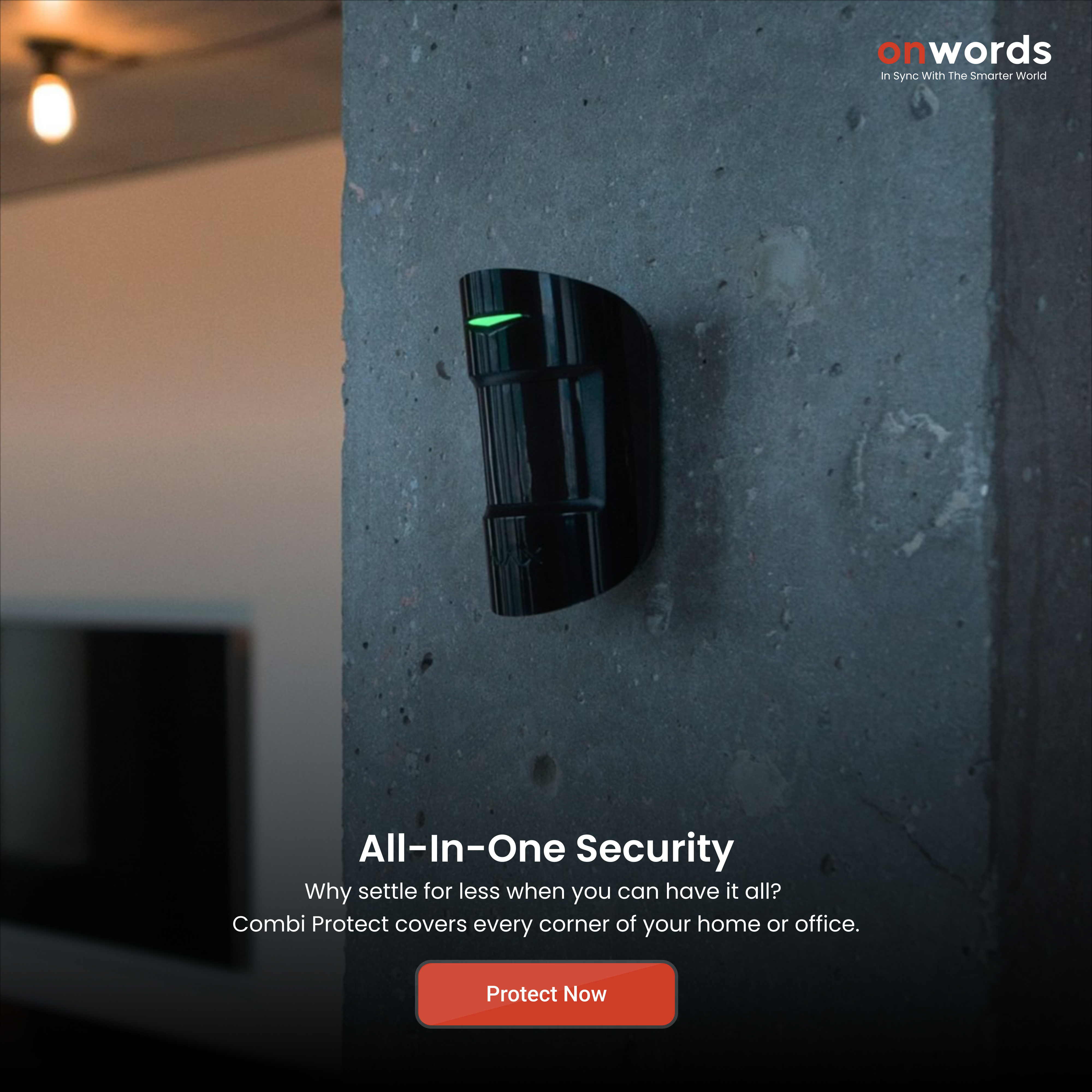Smart homes are no longer a futuristic concept. What started as the ability to control lights or appliances with a smartphone has now evolved into data-driven ecosystems powered by the Internet of Things (IoT). Today, smart homes don’t just respond to commands they learn, adapt, and create personalized experiences that benefit both consumers and businesses.
IoT in Smart Homes
Unlocking Data-Driven Living for Consumers and Companies
By Sanjay 2025-09-04 4 Mins Read 225 Views

How IoT Powers Smart Homes
At the heart of every Smart homes lies IoT: a network of connected devices, sensors, and applications that collect and exchange data. These devices generate valuable insights such as energy usage, security events, or lifestyle patterns. When combined with automation and AI, IoT enables homes to predict needs, optimize energy, and enhance daily living all without constant human input.
Benefits for Consumers
For households, IoT brings far more than convenience:
Energy Efficiency: Smart thermostats and connected appliances reduce waste, lowering utility bills.
Enhanced Security: IoT-enabled surveillance, door locks, and alarms provide real-time monitoring and alerts.
Personalized Comfort: Automated lighting, temperature, and entertainment adapt to user preferences.
Health & Wellness: Wearables and smart health devices track vital signs, while home sensors support elderly care.
Business Value of IoT in Smart Homes
While consumers enjoy a better lifestyle, businesses stand to gain just as much if not more. Smart homes generate rich data streams that companies can leverage to:
Understand Customers Better: Usage data reveals patterns, enabling product personalization.
Drive Innovation: Appliance makers can design smarter, more efficient products.
Boost Retention: Personalized, seamless experiences encourage long-term loyalty.
Create New Revenue Models: Subscription services for energy monitoring, predictive maintenance, or home security open fresh revenue streams.
Key Use Cases Shaping the Market
Smart Energy Management: Homes optimize consumption through connected thermostats, solar systems, and smart meters.
Predictive Maintenance: Appliances alert service teams before breakdowns occur.
Advanced Security: IoT-powered cameras, locks, and alarms enhance safety.
Elderly & Healthcare Monitoring: Sensors track movement, detect falls, and send alerts to caregivers.
The Future of Data-Driven Smart Homes
Looking ahead, IoT will merge with AI, voice-first technologies, and even AR/VR to create truly predictive living environments. Sustainability will also be a key driver, with IoT enabling net-zero homes that optimize resources and reduce carbon footprints. For consumers, this means comfort and savings. For businesses, it’s a goldmine of data and innovation opportunities that can shape entire industries.
Conclusion
Smart homes are no longer just about convenience they’re about data-driven living. Consumers gain efficiency, safety, and personalization, while companies unlock deeper insights, stronger loyalty, and new revenue streams.
As IoT adoption accelerates, one thing is clear: the smart home of tomorrow will be as much about data as it is about devices. Businesses that invest today will lead the connected living revolution.



